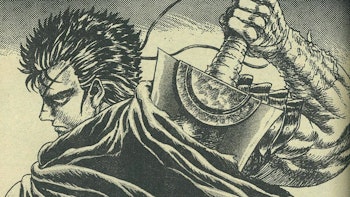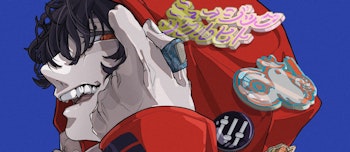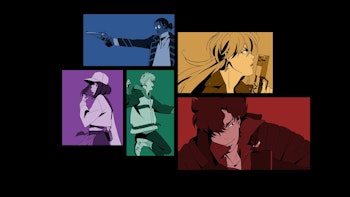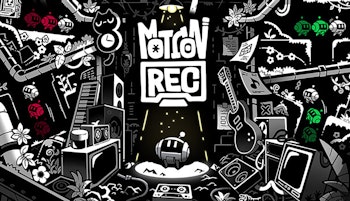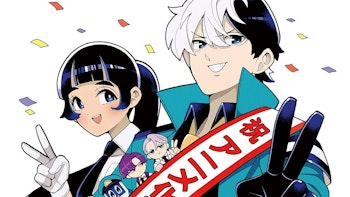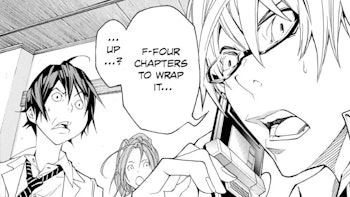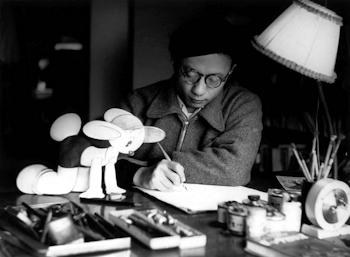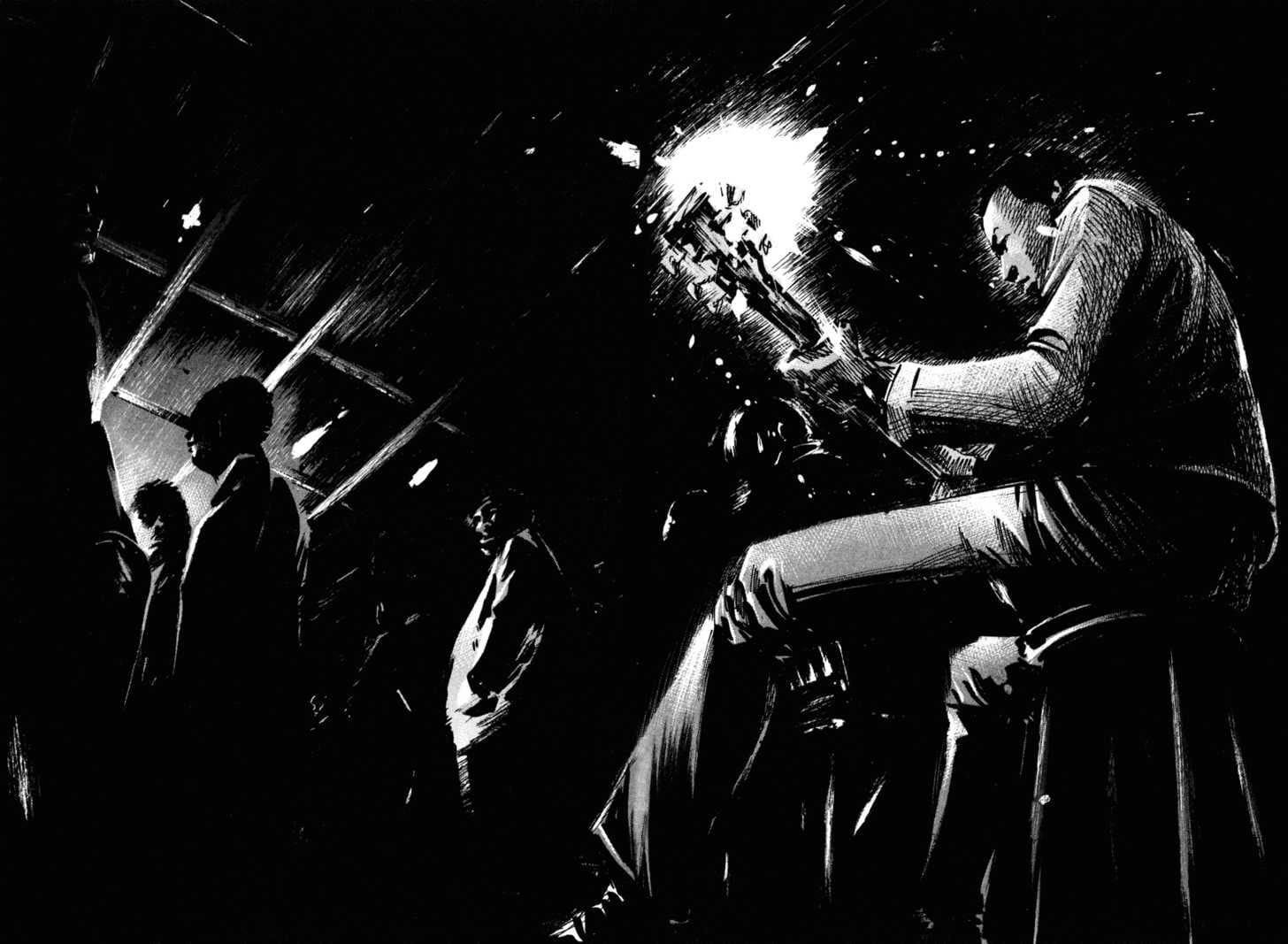
Legends tell of a struggling Mississippi musician who met the Devil at a crossroads one fateful night. In exchange for his soul, the Devil would give him the transcendent musical talent to excel on his guitar and become a famous icon. The name of the musician was Robert Johnson, and he became an influential Blues legend years after his mysterious death. His signature song ‘Me and the Devil Blues’ serves as the eponymous title of Akira Hiramoto’s 2003 manga series.
Many may know Hiramoto as the creator of Prison School and Raw Hero, but Me and the Devil Blues is one of his earlier, infrequent works that has bounced around different publications. This dark tale follows a struggling musician named RJ who sells his soul to the Devil in exchange for great musical talent. While he gains great fame around the local area, his life soon starts crumbling, as he’s cursed to wander alone for all eternity.
The character of RJ is a clear representation of the real life Robert Johnson. Hiramoto carefully balances the fiction and reality surrounding Robert Johnson and preserves his authenticity throughout the manga. Much of RJ’s early life in the story mirrors Johnson’s own life and career in which he struggled to earn a living and his expectant wife died prematurely. In fact, while some parts of the story are true, others are definitely more speculative, such as his meeting with notorious criminal Clyde Barrows (of Bonnie & Clyde fame). It sounds cool but probably didn’t happen.
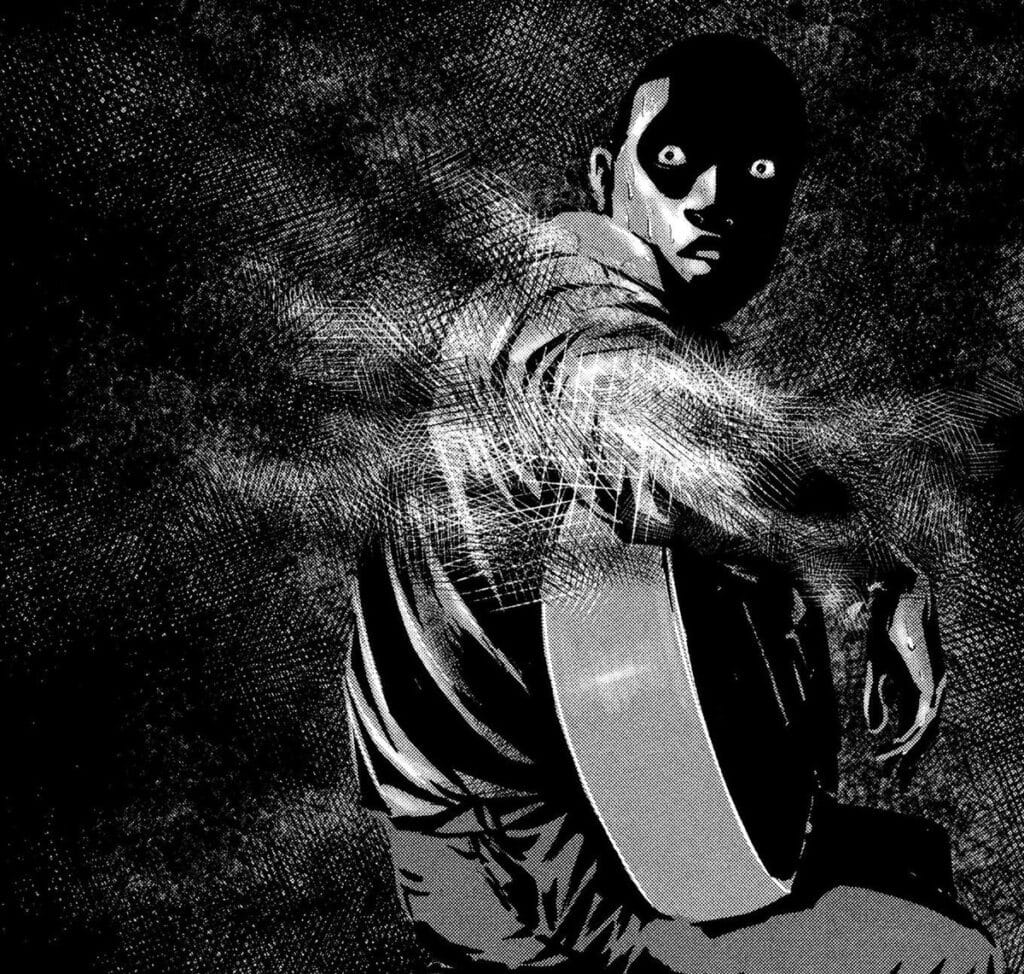
There’s also the matter of RJ’s meeting with the Devil himself. Much has been speculated as to how Robert Johnson went from mediocre musician to a bonafide Blues star. Some believe Johnson took time for himself and found a mentor to teach him how to play the guitar better. Others think he really did meet the Devil and offered his soul to gain immeasurable talent. Nonetheless, it makes for a great urban legend to pass around.
What comes into question, however, is the cultural sensitivity Hiramoto took in creating Me and the Devil Blues. Visually, the manga doesn’t look like anything else published in Japan and its unique art style evokes a strong macabre vibe when you see it for the first time. Its setting also takes place in the American South during the 1930s, often spotlighting the lives of African Americans. Hiramoto doesn’t depict any stereotypes or common facial features in his depictions of black people and draws them with as much subtlety and respect as possible. The story and the art makes Me and The Devil Blues a rarity among manga published in Japan.
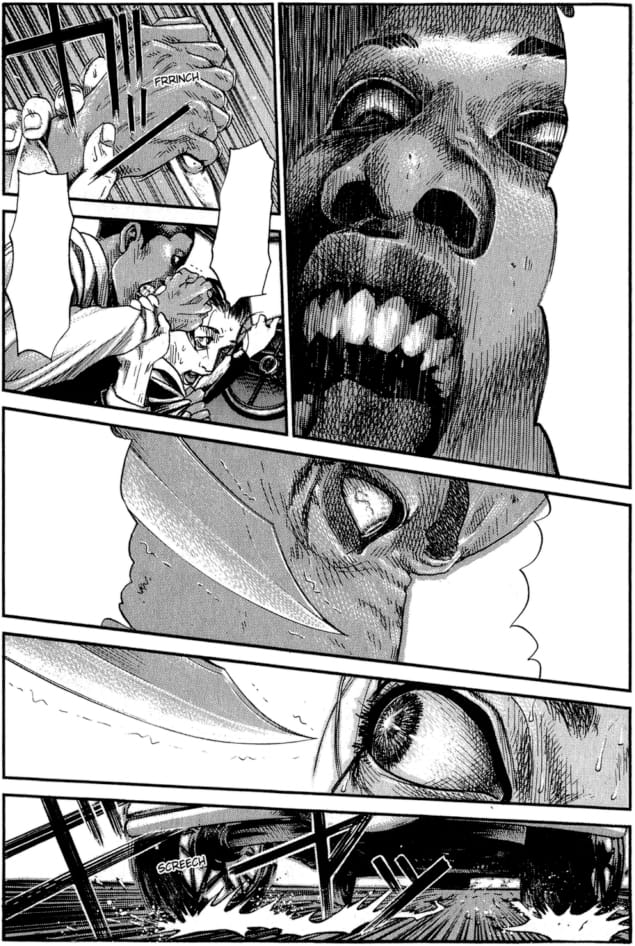
Having a Japanese man create a story featuring primarily African Americans may raise some eyebrows, but Hiramoto has done some detailed research to make sure the story has enough integrity to accurately reflect the real atrocities African Americans experienced. While the manga’s story is pretty standard and somewhat unremarkable, I appreciate how it explores heavy themes such as segregation, racism, and poverty in RJ’s life.
One last thing I’ll highlight from Me and the Devil Blues is Hiramoto’s art. Certain scenes of the manga are exceptional and it feels like you can hear the characters’ performance jump out of the page. For example, in one scene, Hiramoto adds his own visual twist to RJ’s transformation by spotlighting the many fingers he grew after making the Devil’s deal. These fingers mesmerize his audience as they simultaneously strum along RJ’s guitar. It’s a hypnotic and haunting scene, to say the least, and an ominous demonstration of his supernatural powers. If you remember reading Prison School, you’ll know Hiramoto also likes using exaggerated facial expressions from time to time, and there are plenty of those in some chapters too.
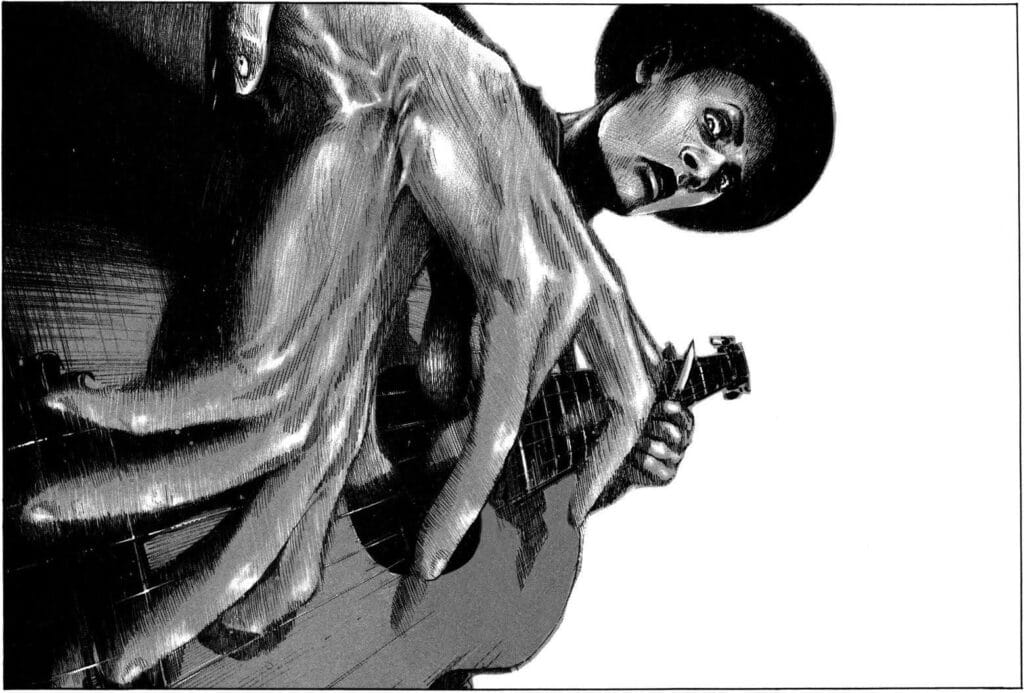
I really enjoyed this unique story and Hiramoto’s art style takes it to another level. It’s a dark twist on a real-life figure that’s bound to fuel your intrigue in the mysterious Blues legend. As I’m writing this, Me and the Devil Blues is currently out of print and I was only able to read through the first compilation volume. It was previously released in two English volumes in 2008 by Del Rey Manga under Kodansha. Right now, both of those volumes are being sold for extremely high prices, so if you’re able to track down a copy, be sure to take extra special care of it.

